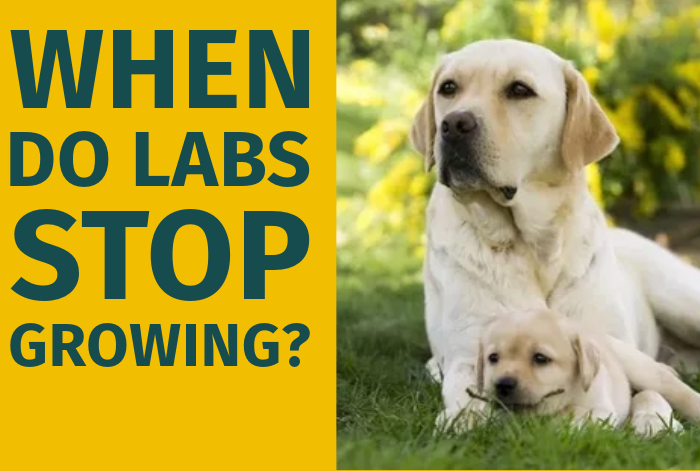Labrador Retrievers, known for their intelligence and friendly demeanor, undergo a remarkable growth journey. Understanding when do labs stop growing is crucial for their optimal care and well-being. In this comprehensive guide, we delve into the intricacies of a Lab’s growth stages, shedding light on crucial aspects that every dog owner should be aware of.
Exploring the Growth Phases
Puppyhood Wonders
Embark on the enchanting journey of a Lab’s life with their puppyhood. Witness the rapid growth as they transform from adorable furballs to playful companions. Learn how nutrition and care play pivotal roles in this stage.
Adolescent Adventures
As Labs transition into adolescence, their growth rate adjusts. Uncover the factors influencing this phase and gain insights into the dietary requirements essential for maintaining their health and vitality.
Adult Maturity
Reaching adulthood marks a significant milestone. Discover the signs that indicate the completion of growth. Learn how to adapt care routines to ensure a smooth transition into their mature years.
When Do Labs Stop Growing: A Detailed Insight
Physical Indicators
Understanding the physical cues is vital in determining when a Lab stops growing. From the closure of growth plates to a stabilized weight, explore the visible signs indicating the conclusion of their growth journey.
Genetic Influences
Dive into the role genetics play in a Lab’s growth. Unravel how factors inherited from their lineage can impact the duration and pace of their development.
Environmental Factors
Explore the external elements influencing a Lab’s growth. From the impact of their living conditions to exercise routines, discover how the environment can shape their growth trajectory.
FAQs about Labs’ Growth
Do Male and Female Labs Grow at the Same Rate?
Male and female Labs may exhibit subtle differences in growth rates. While males tend to be larger, the growth duration remains relatively consistent.
Can Diet Affect the Growth Period?
Absolutely. A well-balanced diet is crucial for optimal growth. Ensure your Lab receives the right nutrients at each stage to support healthy development.
Is Late Growth a Concern?
In some cases, Labs may experience late growth spurts. However, consulting with a vet can help determine if this is within a healthy range or if there are underlying concerns.
How Can I Support my Lab’s Growth?
Providing a balanced diet, regular exercise, and routine veterinary check-ups are key in supporting your Lab’s growth journey.
Should I Adjust Feeding During Growth Phases?
Yes, adjusting the feeding portions to accommodate their changing nutritional needs is essential. Consult with your vet to determine the right quantities.
Are Certain Breeds Prone to Extended Growth?
While Labs generally have a consistent growth timeline, individual variances can occur. Breeds with larger sizes may experience prolonged growth compared to smaller counterparts.
Do labs get taller after 6 months?
Generally, Labradors experience most of their height growth by 6 months, but they may continue to fill out and gain muscle mass until around 18 to 24 months.
At what age do labs’ growth plates close?
The growth plates in Labradors typically close around 12 to 18 months. It’s important to provide a balanced diet and appropriate exercise during their growth phase to support healthy development.
At what age do Labradors calm down?
Labradors are known for their energy, and while individual dogs vary, many Labradors start to show signs of calming down around 2 to 3 years old. Training and regular exercise can contribute to a well-behaved and more settled adult dog.
What to expect from an 8-month-old Labrador?
At 8 months, a Labrador is still in the adolescent stage. Expect high energy levels, curiosity, and a need for continued training. They may be growing rapidly, so a balanced diet is crucial. Provide regular exercise and mental stimulation to keep them happy and healthy.
Conclusion
In unraveling the mysteries of when do labs stop growing, we empower dog owners to navigate their pets’ growth journey with confidence. By understanding the nuances of each phase and addressing their specific needs, you ensure your Lab enjoys a healthy, happy life.

